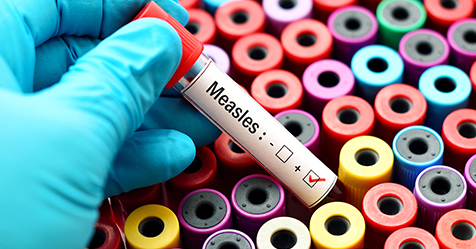Environmental Services Staff Share Responsibility for Hospital Germ Control
Partnership between EVS staff and infection preventionists assures best results
Hospitals and other health care facilities are dependent on environmental services (EVS) staff to effectively clean and disinfect facility surfaces to protect patients from the pathogens that cause health care-acquired infections. However, EVS staff should not be expected to take on the burden alone. A partnership between EVS staff and infection preventionists (IPs) assures the best cleaning and disinfection processes will become protocol in your health care facility, according to Infection Control Today.
In order to form a successful partnership, IPs need to understand the competencies and training of the EVS staff. IPs can accomplish this by meeting regularly with EVS leadership to review best practices for cleaning specific areas such as operating rooms, cardiac catherization labs, and radiology suites. They also can review the specific types of cleaning such as daily cleaning of occupied patient rooms, terminal cleanings that occur before a new patient enters a room, as well as specialized procedures for isolation rooms containing patients with highly contagious illnesses such as C. difficile or norovirus.
IPs can also be instrumental in helping EVS staff evaluate and approve the best cleaners and disinfectants for the facility, considering factors such as kill claims, dwell time, ease of application, and required personal protective equipment (PPE). Any time cleaning product changes are proposed, IPs can help review and approve the new products.
Quality assurance metrics are critical to determine if EVS staff are cleaning thoroughly enough to prevent HAIs. IPs can work with EVS leadership to develop metrics that can be measured and reported regularly. Possible metrics include audits of high-touch surfaces using adenosine triphosphate (ATP) monitoring systems to detect living cells on a surface.

